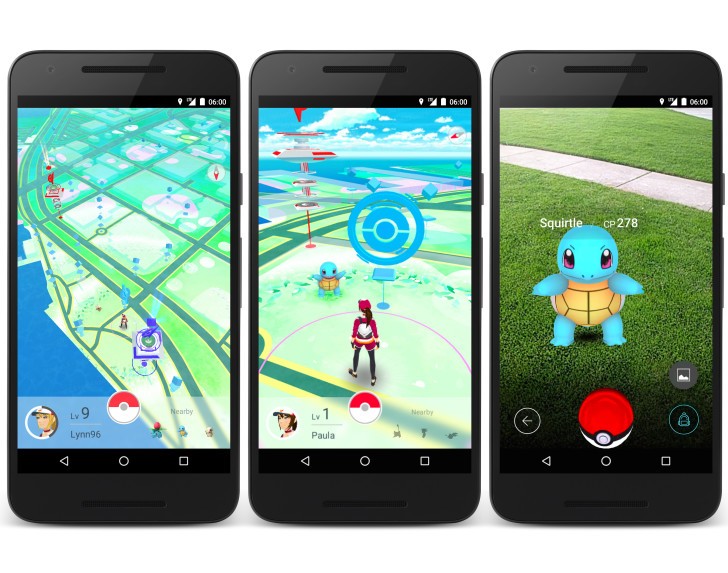By Jeffrey Henning
Pokémon Go has rapidly become the most popular Augmented Reality (AR) game ever. Already, it has more daily users than Twitter and consumes more of users’ time than Facebook.
Rather than travel in a virtual world within the video game, players must walk around the real world to find and collect Pokémon. Pokémon Go augments reality by superimposing Pokémon over physical locations:
I literally just stopped what I was doin…went outside…walked down the street…just to get this dude. #PokémonGo pic.twitter.com/J106VTLdGe
— Ashlie (@batgirlll15) July 8, 2016
Pokémon Go has already changed the exercise habits of millions. How might Augmented Reality in general change consumer habits?
Driving store selection by reviews rather than by brand awareness.
Visiting my father-in-law in Florida, I needed to pick up some pool supplies for him. Google Maps augmented my reality by showing me nearby stores along with their Yelp ratings. I used that information to pick the store I shopped at, selecting a local chain that I had never heard of rather than the national chain. The Yelp app in fact has offered an augmented reality view since 2010 (it’s most useful in urban areas):
excuse me, @yelp, y’all need to advertise this monocle thing. I’ve been sleeping on your app for so long. pic.twitter.com/KFkidf8SSO
— jake green (@j4kegreen) May 1, 2016
Providing more information, and promotions, at the retail shelf.
The app Blippar provides more information about objects (hold the camera up to a starfish, for instance, to learn facts about it) and products. Besides reviews, the app offers product usage tips and product line information; personalized promotions are on the roadmap.

Envisioning purchases in context.
The ultimate type of product information is what your world will look like after you’ve bought and installed a product. You’ve probably heard about apps that show you what a new piece of furniture will look like in your living room:
#architecture & #interior design: #Augmentedreality tech can fill your living room with #virtual furniture – http://t.co/GB8i5JHMk1
— Virtual Novice (@VRnovice) June 25, 2015
But how about visualizing what your next tattoo will look like before it’s inked?
InkHunter – Try tattoos in real-time with augmented reality (Video) – https://t.co/bTzM5jrcKH #tech pic.twitter.com/83EtBT6AZS
— Tech Wow Today (@TechWoww12) July 5, 2016
Reading automatic translations of foreign languages.
The Google Translate app will translate text picked up directly from the camera. You thought it was hard to convince your high school student to study a foreign language before?! Now consumers you didn’t even target will be able to read product information:
Google Translateの威力に感心.かざしただけでフランス語の世界を英語の世界にするAugmented Reality.文字認識がうまくできるかざし方をすると鮮明に(ただし,要インターネット接続に注意) pic.twitter.com/53HDuJSIqS
— Toyoaki Nishida (@toyoakinishida) March 10, 2016
Part of the impact on research will be that researchers will want to know what AR apps are being used, and marketers will want to know how to influence the information provided by such apps.
For Augmented Reality will offer consumers ready access to ever more information, both objective and subjective. While Pokémon Go’s viral success is driven by the twin emotions of nostalgia and attachment, the impact of Augmented Reality on consumers may to be make purchasing decisions less emotional and more rational.
More articles to read:
- Pokémon Go: Gamification Lessons For Research – GreenBook
- Pokémon Go, explained in fewer than 400 words – Vox
- Survey Gives First Systematic Study of Pokémon Go Players – MFour
- Pokémon Go’s Success Could be Short-Lived – Euromonitor
- Where Will Pokémon Go Take Market Research? – Market Strategies
- Pokémon Go will Make You Crave Augmented Reality – The New Yorker
- The 17 Remaining Pokémon Go Headlines – The Awl
Can’t catch ‘em all.

